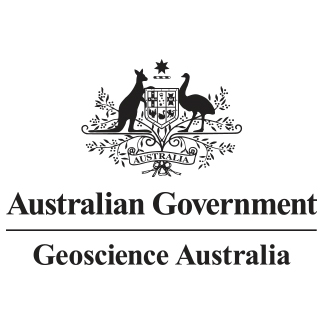Full description
The term "Smartline" refers to a GIS line map format which can allow rapid capture of diverse coastal data into a single consistently classified map, which in turn can be readily analysed for many purposes. This format has been used to create a detailed nationally-consistent coastal geomorphic map of Australia, which is currently being used for the National Coastal Vulnerability Assessment (NCVA) as part of the underpinning information for understanding the vulnerability to sea level rise and other climate change influenced hazards such as storm surge. The utility of the Smartline format results from application of a number of key principles. A hierarchical form- and fabric-based (rather than morpho-dynamic) geomorphic classification is used to classify coastal landforms in shore-parallel tidal zones relating to but not necessarily co-incident with the GIS line itself. Together with the use of broad but geomorphically-meaningful classes, this allows Smartline to readily import coastal data from a diversity of differently-classified prior sources into one consistent map. The resulting map can be as spatially detailed as the available data sources allow, and can be used in at least two key ways: Firstly, Smartline can work as a source of consistently classified information which has been distilled out of a diversity of data sources and presented in a simple format from which required information can be rapidly extracted using queries. Given the practical difficulty many coastal planners and managers face in accessing and using the vast amount of primary coastal data now available in Australia, Smartline can provide the means to assimilate and synthesise all this data into more usable forms.Lineage
Maintenance and Update Frequency: asNeededNotes
PurposeCoastline management
Created: 26 02 2009
Modified: 05 07 2016
Issued: 09 02 2017
Data time period: 2009-06-26 to 2016-07-05
text: westlimit=112.00; southlimit=-44.00; eastlimit=154.00; northlimit=-9.00; projection=GDA94 (EPSG:4283)
User Contributed Tags
Login to tag this record with meaningful keywords to make it easier to discover
Download the GeoPackage (gpkg)
uri :
https://d28rz98at9flks.cloudfront.net/104160/Smartline.gpkg![]()
Link to Geomorphology Smartline ESRI File Geodatabase
uri :
https://pid.geoscience.gov.au/dataset/ga/104100![]()
Link to Geomorphology Smartline WMS
uri :
https://pid.geoscience.gov.au/dataset/ga/104561![]()
Link to Geomorphology Smartline MapServer
uri :
https://pid.geoscience.gov.au/dataset/ga/104560![]()
Download the project report (pdf) [901 KB]
uri :
https://d28rz98at9flks.cloudfront.net/104160/104160_01_0.pdf![]()
Download the manual and data dictionary report (pdf) [3.8 MB]
uri :
https://d28rz98at9flks.cloudfront.net/104160/104160_02_0.pdf![]()
Australian Coastal Geomorphology Smartline MapServer
uri :
http://services.ga.gov.au/gis/rest/services/Geomorphology_Smartline/MapServer![]()
Australian Coastal Geomorphology Smartline WMS
uri :
http://services.ga.gov.au/gis/services/Geomorphology_Smartline/MapServer/WMSServer![]()
Geomorphology Smartline MapServer
uri :
https://pid.geoscience.gov.au/dataset/ga/104560![]()
Geomorphology Smartline WMS
- Local : pid.geoscience.gov.au/dataset/ga/104160
- global : 2b970ac0-7f3b-49c0-8301-fa9ddae659ad


